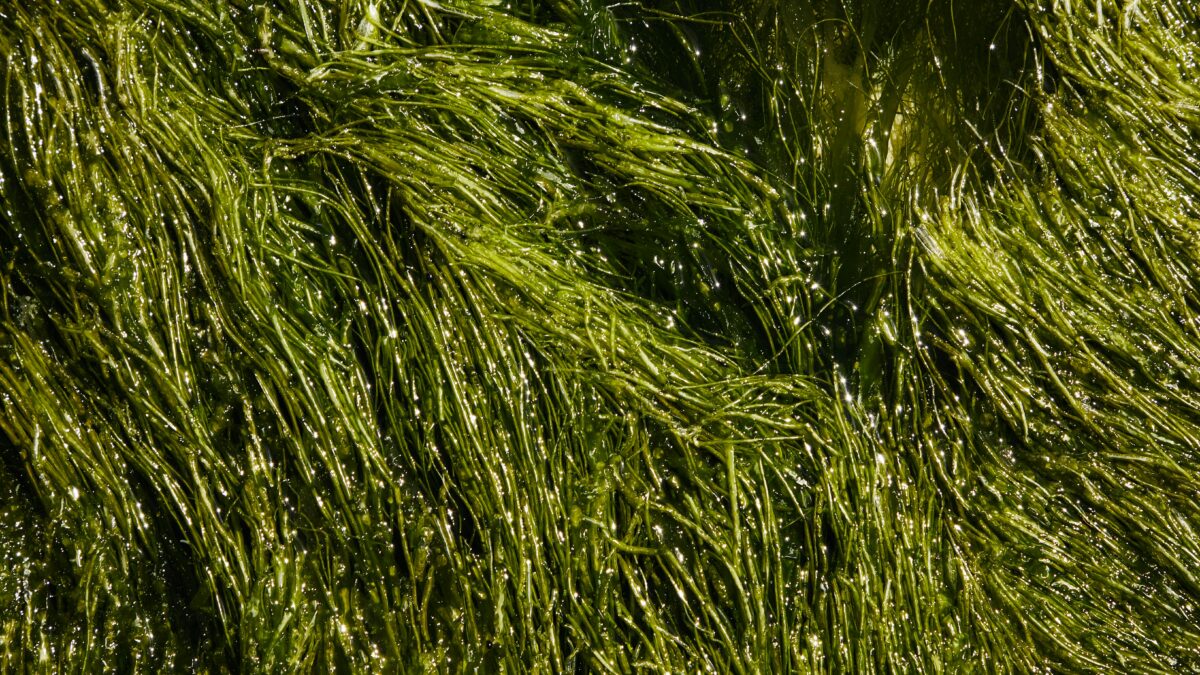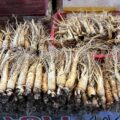Korean Seaweed

In Korea, dried seaweed sheets are called Gim, and they are used in various dishes such as Gimbap (rice rolled in Gim). Other types of seaweed like Miyeok and Dashima are different varieties, but in English, they are often all referred to as “Seaweed”. This shows just how many kinds of seaweeds exist in Korea.
Main Korean Seaweeds:
¤ Gim: A type of red algae with a savory flavor when roasted. Used as a side dish or to wrap rice.
¤ Miyeok: Usually eaten in miyeokguk (seaweed soup), highly nutritious, and traditionally eaten on birthdays.
¤ Dashima: Used to make broth, and sometimes deep-fried as a snack.
¤ Gamtae: A wild seaweed harvested only from pristine tidal flats. It cannot be farmed, making it 100% wild. It has the highest vitamin A content among seaweeds and is rare and expensive, so it is often featured in Korean fine dining menus today.
Popular Brands
¤ Daechungim
¤ Hyundaekim
¤ Dongwon F&B
¤ Kwangcheongim
¤ Seongyeong Gim
Popular Snacks
¤ Gimbugak: Gim coated with glutinous rice paste and deep-fried until crispy.
¤ Matgim: Gim seasoned with various flavors (wasabi, buldak, etc.).
¤ Gimjaban: Gim torn into small pieces and seasoned.
¤ Dashimabugak: Deep-fried dashima.
FAQ
¤ What is the best Korean Gim?
Gamtae Gim is wild and extremely fresh. Even Michelin-starred chefs use it.
¤ Is Gim healthy?
It is rich in vitamin A and highly nutritious, making it very beneficial for people who consume a lot of meat, such as in Western diets.



